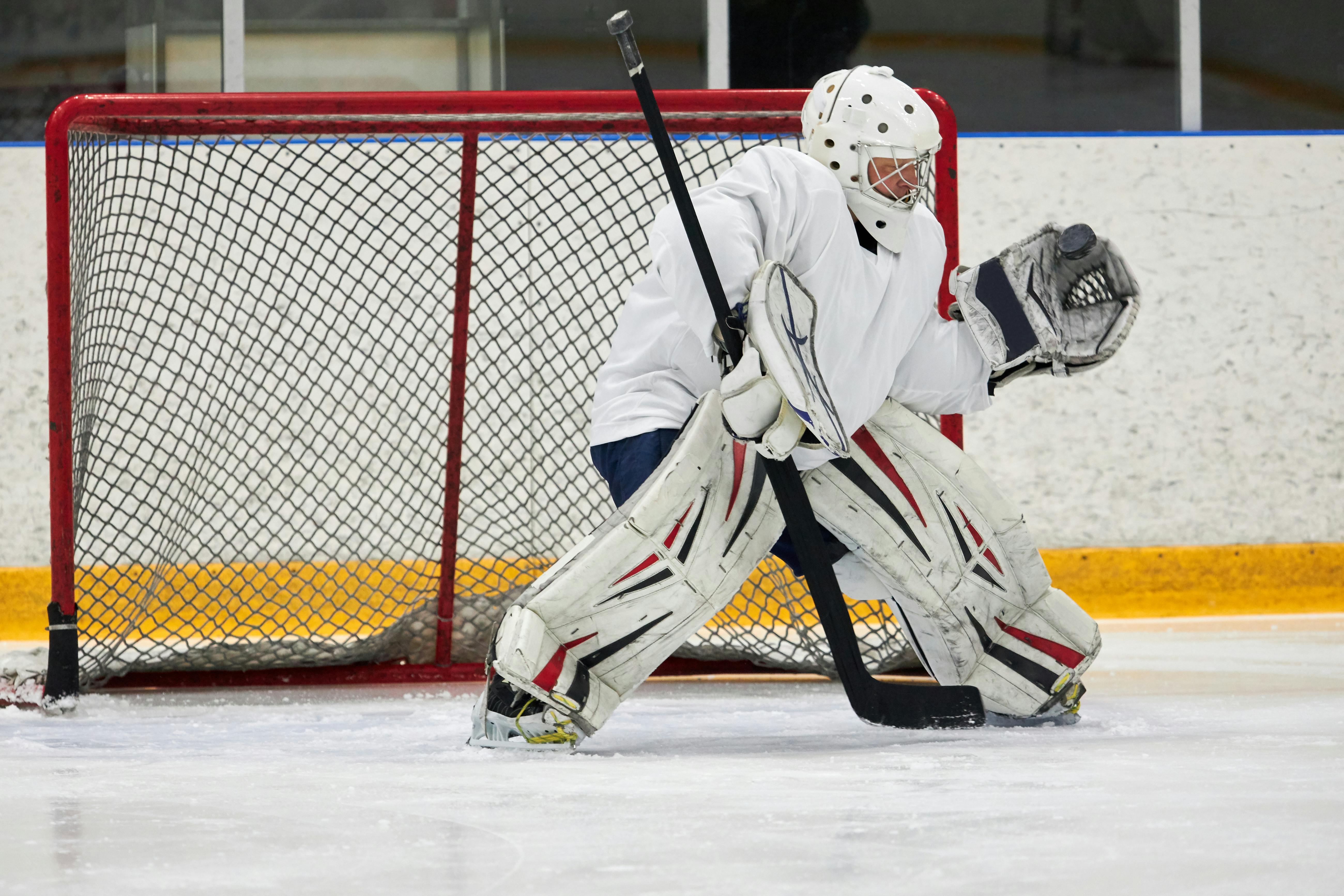Giclee is the name used to identify a fine art digital print, just like screen printing is the name of a fine art screen print. Pablo Picasso, one of the greatest artists of the 20th century, if not the greatest, never produced a giclée print, although he did produce many serigraphs. Their silkscreens are available from just under $ 100 to $ 7000 more, the difference being that the higher value prints have been hand signed by the master.
Throughout his career, Picasso made art in a variety of disciplines. He was a painter, sculptor, ceramist, and prolific engraver who produced not only serigraphs but also etchings, lithographs, heliogravures (photographic prints), and linocuts (linoleum). Had he had access to technology, it is a safe bet that Picasso would have produced giclees and those bearing a signature made by his hand would be making a lot of money today.
As the 21st century progresses, more and more artists are embracing digital technology in the production of their art. Painters now create digital files of their work for record keeping and to produce giclée prints. A growing number of artists are using computers to create their art. If you want to hang one of these digital artist work on your wall it will certainly be a print and if you want it to last more than a few years it will be a giclee.
Historically, prints have been printed in open and closed editions. Open editions were printed and are often printed in the 1000’s on cheap paper, while closed editions, more commonly known as limited editions, are printed on high-quality art papers using methods that could only produce a finite number of prints. The limited number was due to the printing plate, whether it was a lithographic stone, a carved linoleum sheet, or an etched copper plate, degraded to the point that no more decent prints could be produced or the artist’s pocket became ran out of depth.
With the improvements in digital printing and the associated introduction of print-on-demand, the fine art printing industry has been turned upside down. The distinction between open and closed editions has become decidedly blurred, if not non-existent. An infinite number of prints can be produced on high-quality canvas and paper with a life expectancy that rivals, if not exceeds, traditional printing methods, one at a time, as and when needed.
As with Picasso’s serigraphs, the giclee prints produced today, which will be more than wall decoration, are those with the graffiti in the lower right-hand corner placed there by the right hand of the artist.
